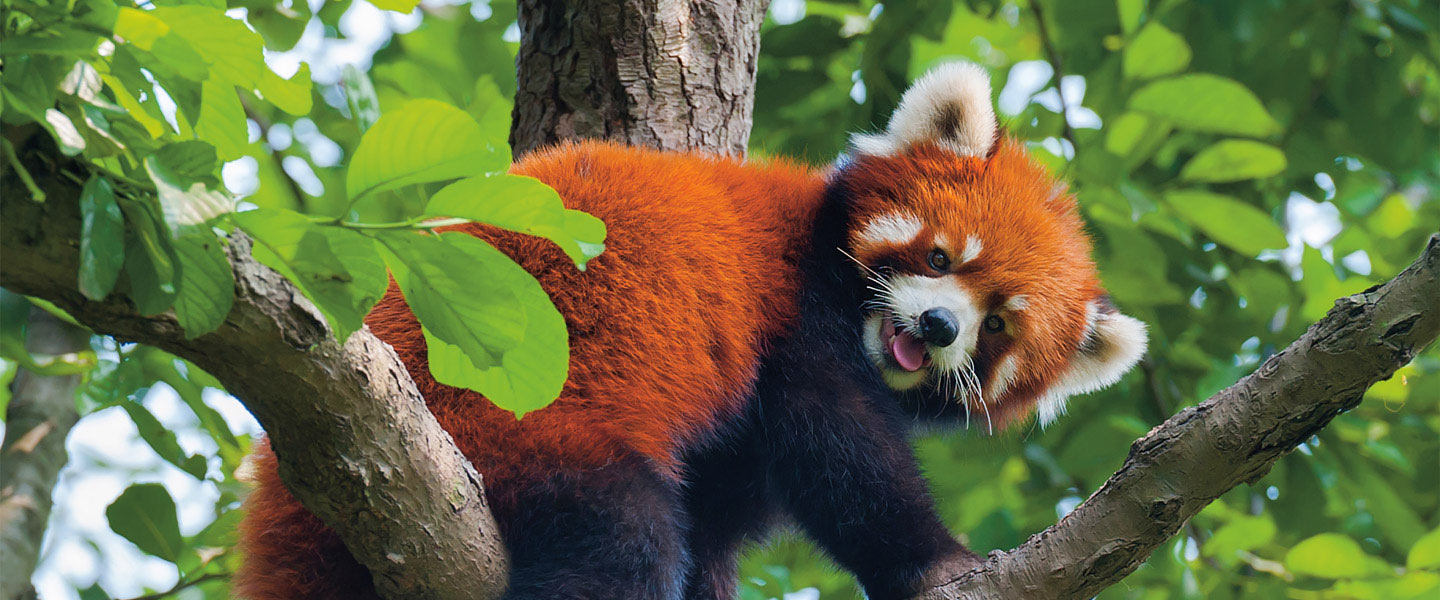With their playful faces, fiery fur, and big, bushy tails, red pandas are some of the world’s cutest creatures. “You can’t help but smile when you see them, especially the cubs,” says biologist Elizabeth Freeman.
Freeman works at the Smithsonian Conservation Biology Institute in Virginia. Scientists there breed red pandas and raise their young. When the cubs are a year old, they’re moved to zoos across the U.S.
Red pandas are some of the world’s cutest creatures. They have playful faces. They also have red fur and big, bushy tails. “You can’t help but smile when you see them, especially the cubs,” says Elizabeth Freeman.
Freeman is a biologist. She works at the Smithsonian Conservation Biology Institute. It’s located in Virginia. Scientists there raise red panda cubs. They’re moved to zoos across the U.S. when they’re a year old.

